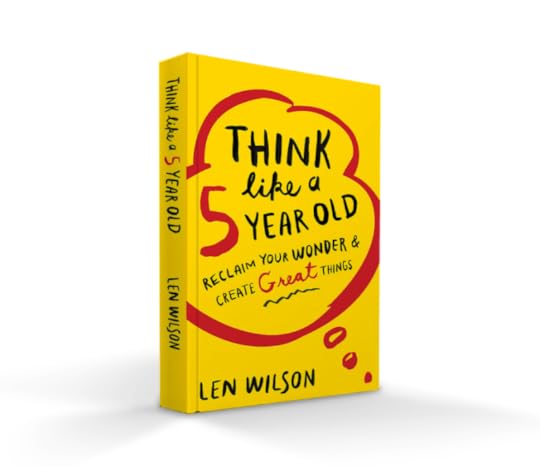How to Use This Free eBook and Your Imagination to Make the World Better
In many ways, 1964 was the cultural high water mark of the post-war era. Standards of living had risen dramatically. New technology was changing home and the workplace. Corporate innovation had yielded mighty works in industry. New York City’s World’s Fair highlighted the age of scientific progress and technological improvement.
After the destruction of the war era from 1914-1945, people wanted to explore, grow, and build new things. Of course, as George Clooney’s character Frank Walker said in the recent film Tomorrowland, “Then it all went to hell.”
Given our nature as humans, it always does. That’s the story of creativity. In the beginning, we have mighty creative powers. But we become distracted by the lies of the world. We become consumers. We take rather than give, and the world suffers, and we suffer.
Some say positivity will overcome this destruction. Positivity is great, but it’s insufficient. Always has been. Our problem isn’t just a lack of hope, good ideas or organizational systems.
The key to reclaiming our wonder is to become a new creation – to rediscover our creativity, as we were made in the beginning. I wrote a book to talk about this problem, called Think Like a Five Year Old (Learn more about the book here). On the last page I invite the reader to dig deeper in study and application with a guidebook. This free, 40-page eBook is that guidebook.
Download it now or read a sample below.
Think Like a Five Year Old Study and Application Guide

The goals of this free, 40-page eBook (in ePub and PDF) companion to Think Like a Five Year Old are:
1) for you to develop a practical theology of creativity and
2) to walk away with the necessary next steps and to-dos for getting started on the work of creating.
As a thank you, though this isn’t required, you can put in your email address. With the email, I will alert you of new content as I post it.
Four Steps to Creating Great Things
Our restored God-image means that we’re free to create great things. The big step is to love something. Love is action; we do it with heart, mind, soul and strength. As the book outlines, this is the strategy for creating. When we engage our whole selves, in Christ’s name, Jesus promises us that we can literally change the world. This is the four part strategy to create great things. Learn more by downloading the eBook.
Connector.
 Heart: Identify your source of un-peace.
Heart: Identify your source of un-peace.You cannot sustain yourself doing something for which you have no passion. Find your passion with these three questions: 1) What did you love to do as a child? 2) What do you think about all the time? 3) What do you envy?
Connector. Soul: Fully commit to your craft.
Soul: Fully commit to your craft.The allure of hitting the motherhood inhibits us from doing the necessary work to become great at something. Here's my daily routine: 1) Capture raw inspiration as it happens. 2) Sit down every day and add to your work. 3) Use the routine time to refine raw ore.
Connector. Mind: Explore a what-if question.
Mind: Explore a what-if question. To find a new approach to an ongoing problem, begin by exploring the issues: 1) In what areas of your life do you need to know more? 2) In what areas of your life have you experienced an ongoing, seemingly intractable problem? 3) What are the variables related to the problem?
4) What happens if you begin to replace each variable with another approach?
 Strength: Make a plan.
Strength: Make a plan.A plan doesn’t mean you have it all figured out. What it provides is a roadmap for when you enter the jungle of capturing ideas. The plan includes title, promise, need, audience, and outcome.
I invite you to work through this study guide. Give it time to let its ideas ruminate in your mind. Share it with others, or do it alone. When questions come up, send them my way using the social media links below, and let’s start a conversation to help make the world a better place.
About the Author
 Len Wilson Facebook Twitter Google+
Len Wilson Facebook Twitter Google+Christ follower, Writer, Creative Director @peachtreepres, story lover, art advocate, breakfast chef, tickle monster, Think Like a Five Year Old (Abingdon, 2015).





